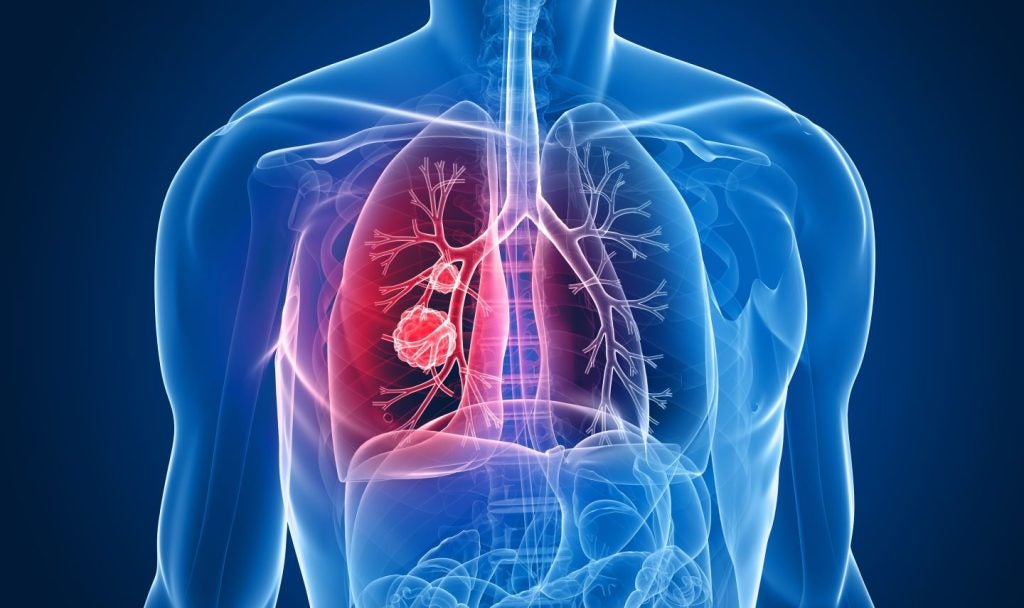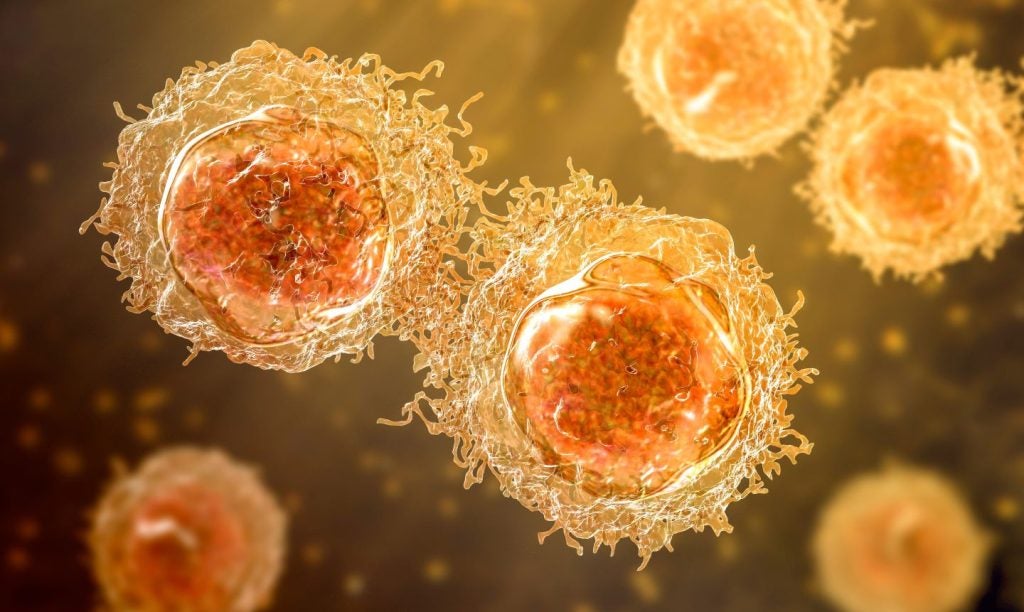A GBI Research report reveals that the market for diabetes complication will undergo improvements and changes brought about by greater awareness and diversity.
Titled ‘Frontier Pharma: Diabetic Complications – Innovative and Diverse Neuropathies, Nephropathy and Retinopathies Pipelines Demonstrate Shift Towards Disease Modifying Therapies‘, the report details that innovative first-in-class products comprise 30% of the diabetes market’s pipeline.
The treatment options of diabetic complications currently comprise therapies that symptomatically treat the condition and aid in slowing down the disease advancement.
The existing scenario is undergoing a transformation as understanding of the disease pathophysiology is improving. This has given rise to a need for better therapeutic options that successfully align with the disease pathophysiology and focus on new targets.
Avastin (bevacizumab) and Rituxan (rituximab), used in the treatment of diabetic macular oedema and diabetic neuropathy respectively, are examples of commercially successful first-in-class products.
See Also:
High-risk programmes associated with first-in-class products continue to garner interest, despite the fact that many first-in-class products fail in the market even after gaining regulatory approvals.
How well do you really know your competitors?
Access the most comprehensive Company Profiles on the market, powered by GlobalData. Save hours of research. Gain competitive edge.

Thank you!
Your download email will arrive shortly
Not ready to buy yet? Download a free sample
We are confident about the unique quality of our Company Profiles. However, we want you to make the most beneficial decision for your business, so we offer a free sample that you can download by submitting the below form
By GlobalDataThe GBI Research report mentions that the metabolic product pipeline has 31.7% first-in-class products, which is higher than the diabetic neuropathies space. The early pipeline of diabetic retinopathies offers many innovative products, indicating that a higher proportion of first-in-class products will be in Phase III.
Development in the diabetic complications market has been supported by deal activity with 81 licensing deals and 36 co-development deals having taken place since 2006.
Firas Nour, associate analyst for GBI Research, concludes: "The deals in diabetic complications revealed that licensing deals did not reflect the industry-wide trend of first-in-class deals being more valuable.
"Co-development deals, meanwhile, were representative of the overall picture of the complications pipeline, reflecting the shift towards therapies that are more aligned with the underlying disease pathophysiology."







